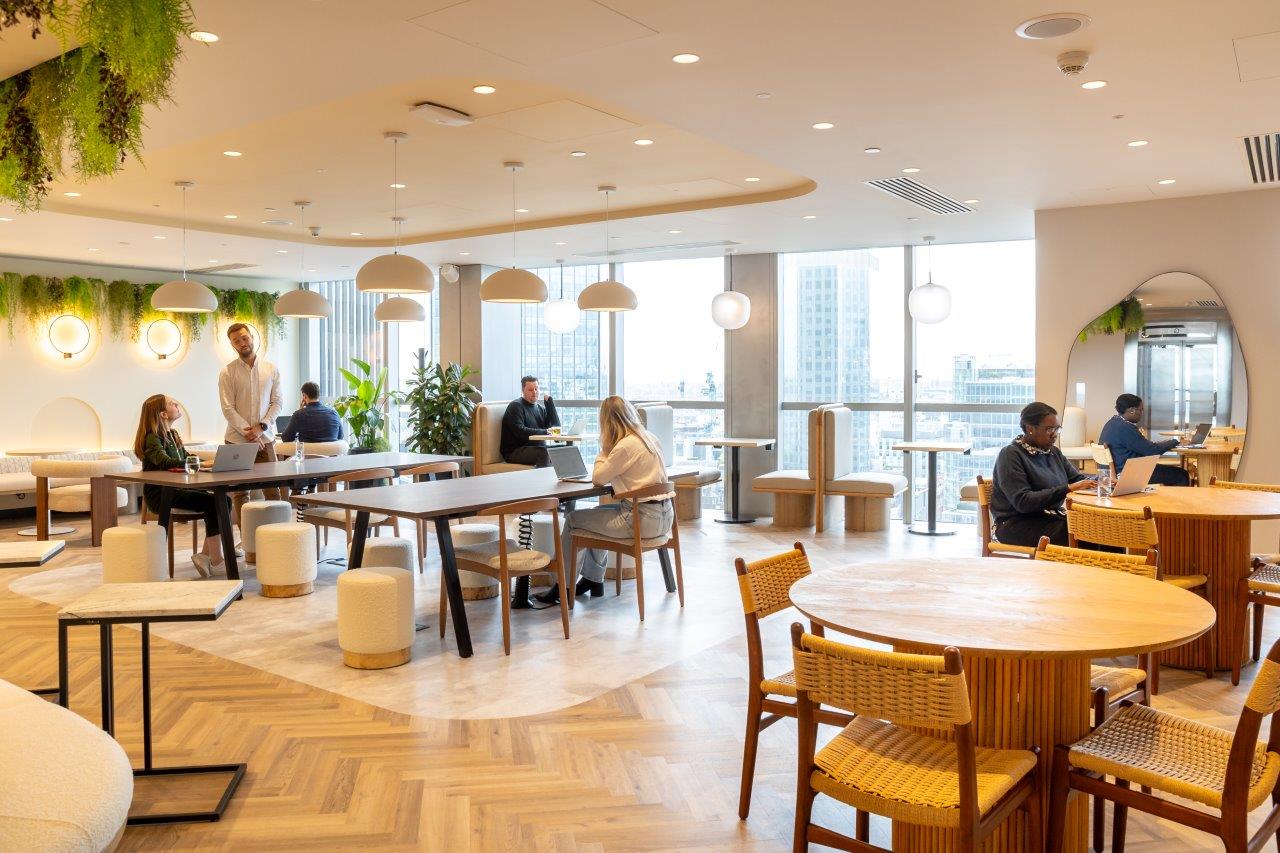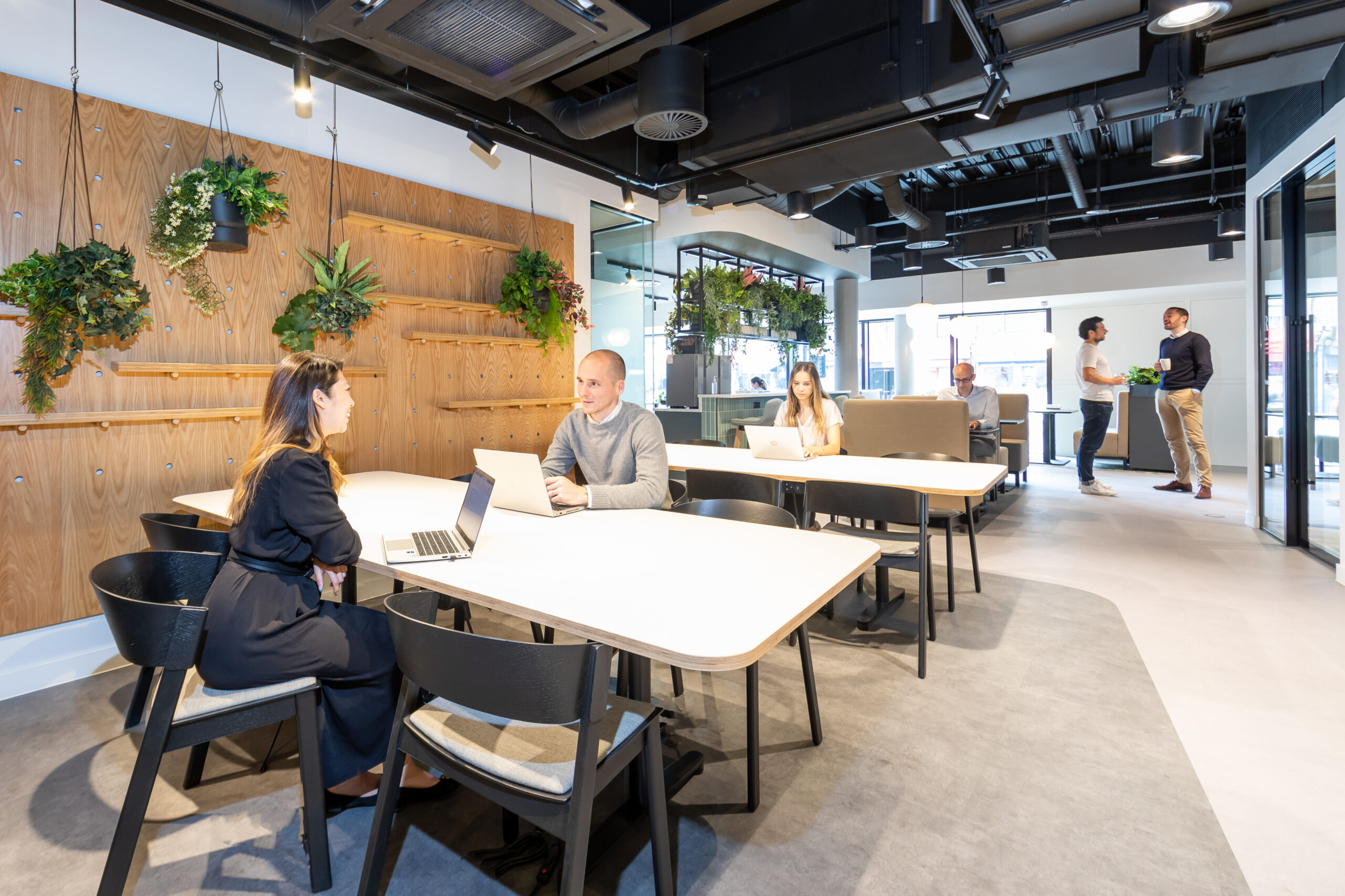The Meeting is Dead. Long Live the Meeting.
11th October 2021

After a long battle with COVID-19, the changing world of work, and our deepened reliance on technology, the legacy of the traditional meeting – a mainstay of professional life – has come to an end.
Through a long and illustrious career, the traditional meeting established a strong professional reputation for bringing people together to “touch base,” spiralling wildly off topic at times, and stretching out discussions that could have easily been an email.
It will be missed by…some.
The traditional meeting is survived by virtual catchups, “jumping on a quick call,” breakout sessions, informal chats, hybrid meetings, more structured face to face get togethers, non-traditional team gatherings, and an entire generation of different ways to get together that make the most effective use of everyone’s time and energy.
In lieu of flowers, we ask that you celebrate the legacy of the traditional meeting by improving upon it and reimagining it for the next generation of the workforce.
The Things We Will Not Mourn
The past 18+ months have challenged our perceptions of what meetings ‘need’ to look like and highlighted many of the gripes we had with them in the first place.
For example, there are instances where an hourlong meeting is scheduled to discuss a specific topic, but resolution only takes only a fraction of that time. Instead of letting everyone go and get on with their days, what often happens is that unrelated topics get added or the conversation is stretched out longer than is necessary just for the sake of filling that extra time. This can lead to more confusion than clarity or simply waste valuable time from everyone’s days.
In other cases, well-intentioned managers may feel pressured to schedule meetings for the sake of meeting, believing that these sessions help ‘bring the team together’ and build culture. In actuality, if there is no real agenda to follow or goals being accomplished, these meetings tend to backfire and annoy rather than boosting team morale.
The time we have spent navigating the changes of the past year has made us a bit more protective of our diaries, and rightfully so. Meetings that ‘could have been an email’ actually became one, our virtual catch-ups seemed to get us to the point more effectively and with less time wasted, and we were able to resolve things with a quick chat rather than a full-on organised event.
Does this mean that we are done getting together, or that we will only do things virtually ever again? Not necessarily. It just means that what we used to do no longer works and now need to find what does.
Rethinking the Meeting
The point of a meeting should be to come together collaboratively, and that does not always need to happen in a set way. Instead, encourage the team to come together in a way that works best for them. If they find they are best able to resolve issues and keep up to date virtually, then allow them to explore that option. Or they may prefer a more laid-back approach, such as chatting as a group over a coffee in a lounge area or brainstorming outdoors on a nice day.
Landmark’s centres are all equipped with areas designed for both formal and informal team gatherings, letting people come together however they feel most comfortable. You may choose to use meeting rooms for larger or more structured gatherings and our club space, canteens, or breakout areas for more casual catch-ups. It is about finding the right balance for your people and allowing them the flexibility to work wherever works best for them.
But let’s be honest. Regardless of where it is or how it is formatted, no one really wants to be pulled into a meeting of any kind if it can be avoided. The new meeting will need to become more strategic regardless of whether it is casual and relaxed or more serious in nature.
Traditional, Yet Not
When we say that the ‘traditional’ meeting is dead, that does not mean you’ll never get together in person or set foot in a meeting room again. It’s just that when you do, it might look and feel a bit different.
What you choose to have in the meeting room may change. For example, many organisations have chosen to introduce hybrid working schedules, meaning their team will be split across locations. You might find that remote team members could be ‘dialled into’ the room with those who are in the office via video or phone conferencing. In which case, you’d want to ensure you have the right facilities to make this happen. On the opposite end of the spectrum, you may also choose to keep meetings exclusively for days when everyone can physically gather and make them an ‘unplugged’ event by asking everyone to leave their devices at their desk and just be there together.
The new meeting might look different for everyone based on the needs of the organisation and what works best for each team. What does the future of meetings look like for you?
Whatever it looks like, Landmark has you covered on the venue. From single rooms to club space to outdoor areas, we offer a variety of settings for you and your team to get together. Explore the possibilities of our meeting rooms.

